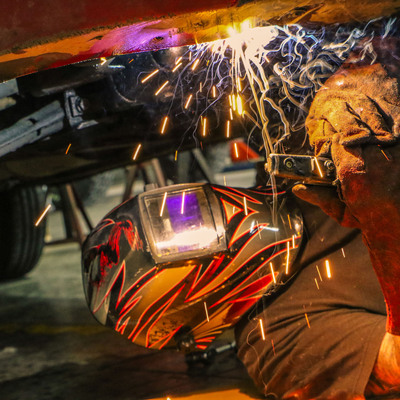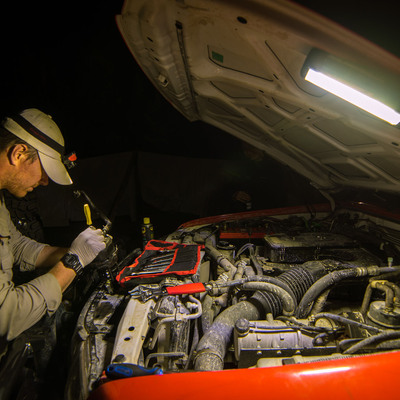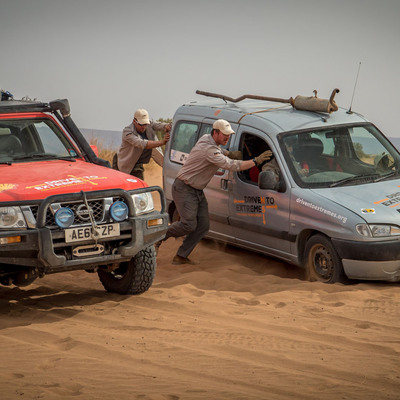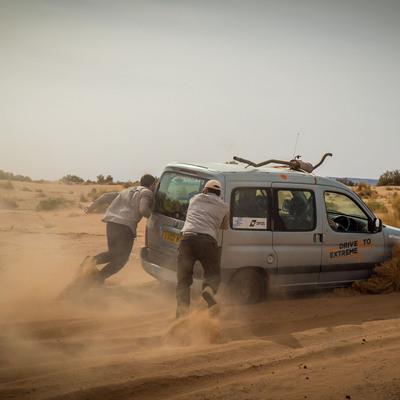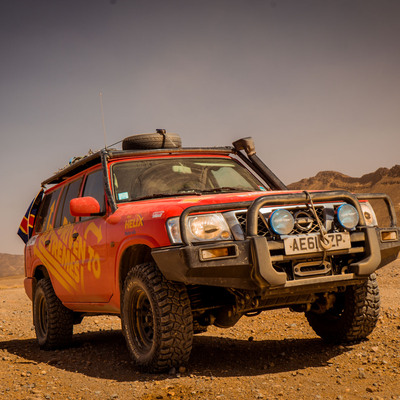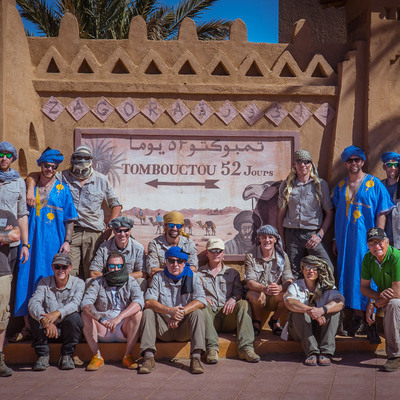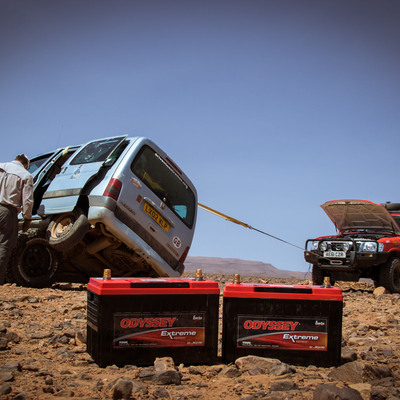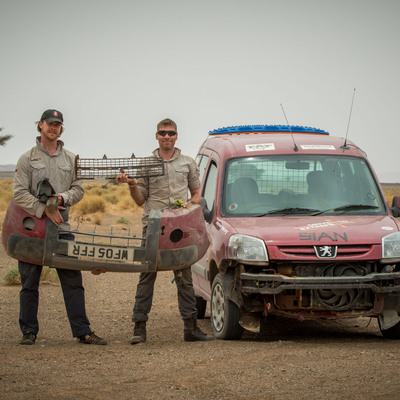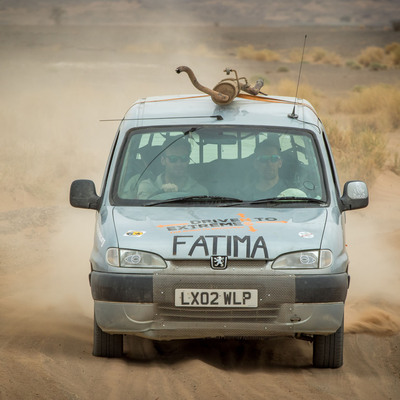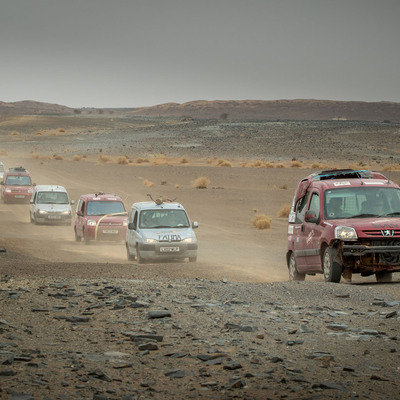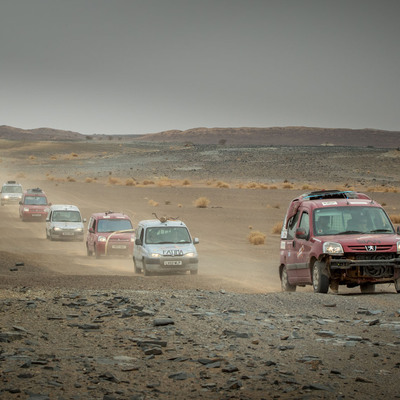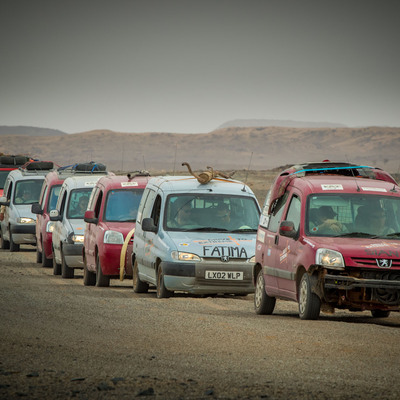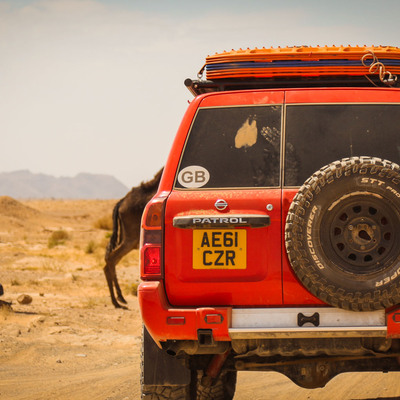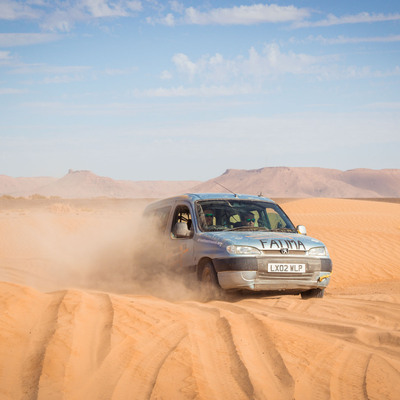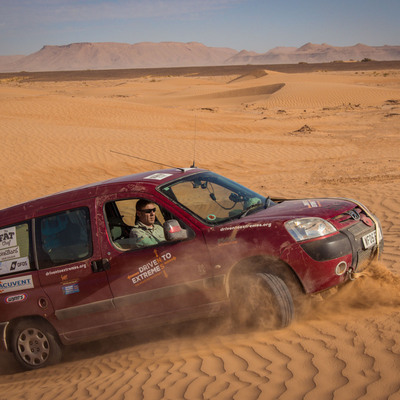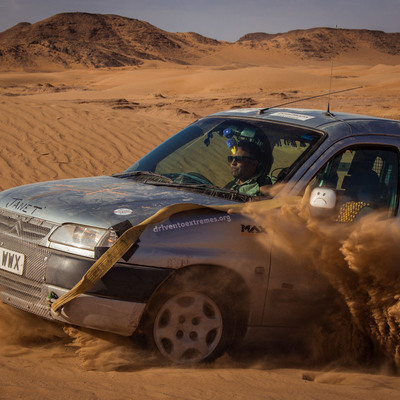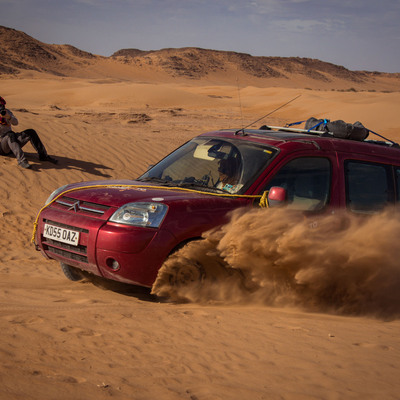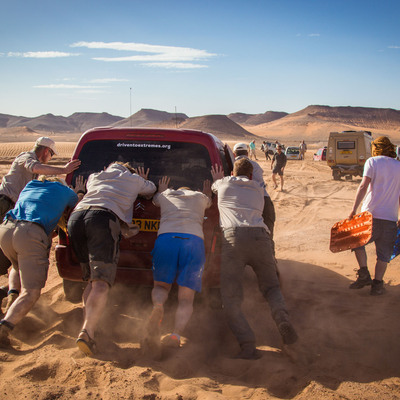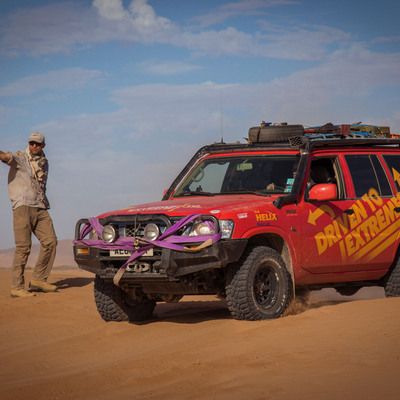THE CARS
As for vehicle choice, there are plenty of options…
French:
Being a former French colony, Morocco still has close ties with the country and predominantly uses French cars, Citroen, Peugeot and Renault. Tending to be more reliable, Peugeots are the preferred choice of the three. For teams of 3 people, Citroen Berlingo / Peugeot Partners work very well, being comfortable, good off road and very reliable with their 1.9 non-turbo diesel engines.
Consider…
Peugeot - 206, 306, 406 (or better still a 205, 309, 405), Partner
Citroen - Saxo, Berlingo, Xsara, Xsara Picasso
Renault - Kangoo, Clio
Avoid…
Probably best to avoid any attempts the French have made at building a 4×4 (particularly the Scenic Rx4)
Japanese:
The most reliable cars in the world are Japanese, with Honda consistently taking the No.1 spot. The little Nissan Micra K11 being a firm favourite on banger rallies. Suzuki also do some really good cars such as the Swift, but we particularly like the look of the Ignis as it already comes with 180mm ground clearance, so the suspension probably won’t need any modifications there.
Consider…
Any small Honda, Nissan Micra K11, any Suzuki, any Toyota.
If you would prefer a 4×4, then the Honda CRV, Toyota RAV4, Suzuki Jimny, Nissan Terrano and Nissan X-Trail are all good choices.
German:
German cars tend to be well screwed together, especially those from the Volkswagen Audi Group (VAG), which also includes cars from Skoda and Seat. We particularly like those models that are based on the Mk4 Golf platform, especially when fitted with their almost indestructible 1.9 turbo diesel engines. These include the new shape VW Beetle and Mk4 Jetta / Bora, Mk1 Audi A3’s and TT’s, Seat Leon Mk1 and Toledo Mk2, as well as the Skoda Octavia Mk1.
Front wheel drive tends to work better than rear wheel drive when off road, as the front wheels can power themselves out of sand, so you’ll find that BMW’s are less popular. That said though, the little BMW 1 Series might be worth a shot!
Although now quite rare and expensive, if you can get hold of a Mercedes W124 then you’l be in good company with most of the taxi drivers in North Africa, although you will need to raise the suspension! When they decided to mass produce cars in order to compete with BMW and the VAG group, Mercedes build quality and reliability went downhill and it’s only in recent years that it has returned to levels once afforded by this luxury marque.
Consider…
VW Golf Mk 3, 4 & Beetle, Audi A3, Skoda Fabia, Seat Leon, especially those with the 1.9 diesel engine
Avoid…
Large and heavy saloons from VAG, BMW or Mercedes (apart from the W124)
Ford:
We have loads of Fords here in the UK, with the Focus, Fiesta and Ka being very common. We like the look of the Ka, but they might be considered a little small for some. Fords as whole tend to be reliable and many have found their way onto rally stages at club level, so there are plenty of parts available to prepare such vehicles for the Sahara - suspension lift kits and engine sump guards etc. The big Mondeo’s and Scorpios are likely to cause you problems in the desert with their long overhangs at the rear and heavy weight, so best to be avoided.
Vauxhall / Opel:
Although not as reliable or with the same dynamic handling as an equivalent Ford, there are some models from the Vauxhall / Opel group that should prove quite capable in the desert. The nimble little Corsa has quite a good reputation, as does the Astra which is used by many Police Forces around the UK. Again, as with the French, it’s probably best to avoid any attempts they made at building a 4×4, the Frontera having shocking reliability issues.
Hatchback, Saloon or Estate?
Hatchbacks will work better in the desert with less overhang than equivalent saloons and estates, whilst shorter cars can ride over sand dunes easier than long ones. All models though will require a suspension lift kit to be fitted and ideally taller tyres.
4×4:
If you can find a cheap 4×4 or SUV, then this would, be the best vehicle to take. They tend to have a higher ground clearance which is good for negotiating rocky sections and soft sand, four-wheel drive helps you in slippery conditions and their bodies and components tend to be made of stronger stuff than their saloon or hatchback equivalents.
Good examples are…
Honda CRV Mk1; Suzuki Jimny & Vitara; Nissan X Trail & Terrano; Toyota RAV4 Mk1 & 2; Mitsubishi Shogun, Shogun Sport or Shogun Pinin; Kia Sportage
Avoid…
Vauxhall Frontera; any 4×4 built by the French.
Land Rover…
Unfortunately, Land Rover’s problems with reliability is renowned throughout the world, which is a shame as they are such incredibly capable vehicles. Finding a cheap version that won’t cause you problems is going to be tough, but if you want to go down the Land Rover route, then look for a Discovery 1 with the 200 or 300 Tdi engines, or possibly a base model Discovery 2. You will though need to swap out the rear air suspension for coil springs. If you want a Freelander then only buy one with the BMW made Td4 diesel engine.
Manual or Automatic?
Manual or automatic doesn’t really matter. Autos give you more control in slow speed sections where there isn’t a clutch to burn out, but manuals give you greater fuel range, are simpler, have a better chance of being fixed in the field and can be bump started if your battery dies.
Petrol or Diesel?
As for petrol or diesel, it doesn’t really matter, but diesel is always preferred on serious expedition vehicles due to the following reasons…
Fuel range tends to be better with a diesel engine
Low down torque helps you negotiate slow-speed sections without the need for slipping the clutch
Diesel fuel is safer to carry in Jerry cans
Modifications:
Depending on the car you choose, the following modifications may need to be done…
Suspension - raised suspension will help when negotiating soft sand and rocky sections
Taller tyres - to maximise underbody clearance
Roof Rack - somewhere to carry a fuel Jerry can and recovery tracks
Sump Guard - protection for the engine, probably the most important modification that needs to be done
Dog guard - to protect the occupants in case equipment in the back is thrown forward


